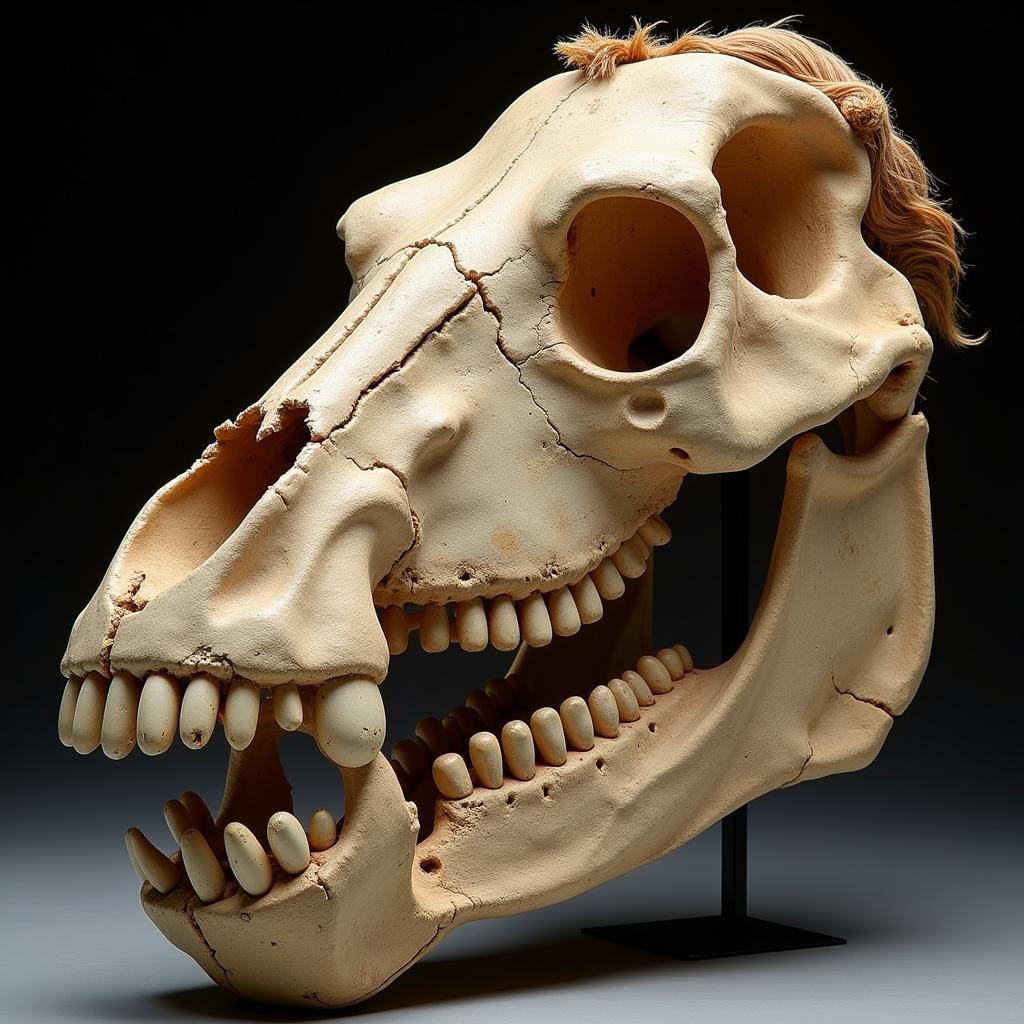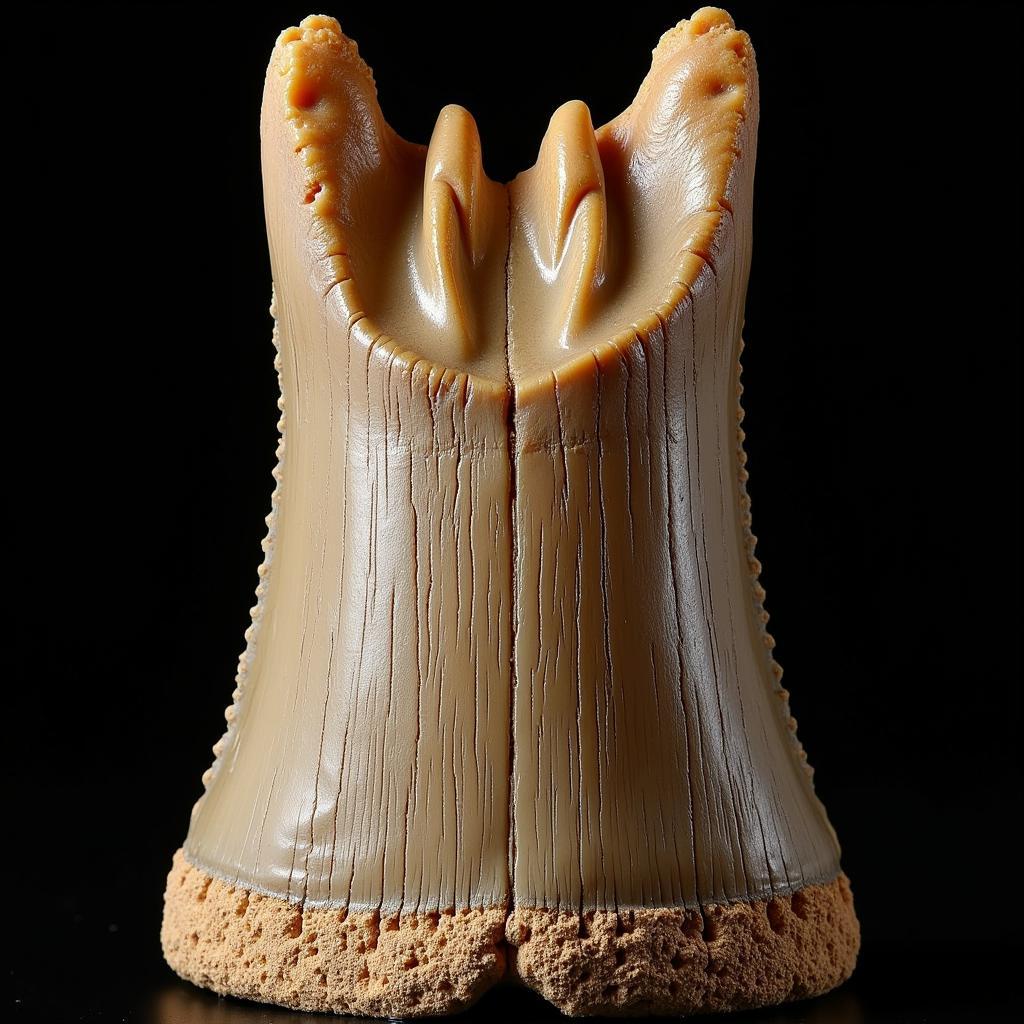Fossil Horse Teeth provide a fascinating window into the evolutionary history of these magnificent creatures. By studying these preserved remnants, we can trace the lineage of horses back millions of years, uncovering the remarkable transformations they underwent to adapt to changing environments and lifestyles.
The Significance of Fossil Horse Teeth
Fossil horse teeth are more than just remnants of ancient animals; they are valuable clues that help scientists piece together the puzzle of equine evolution. Unlike bones, which are more susceptible to decay, teeth are incredibly durable. Their enamel, the hardest substance in the vertebrate body, can withstand the test of time, preserving valuable information for millennia.
How Teeth Reveal Evolutionary Secrets
The size, shape, and structure of fossil horse teeth can reveal a wealth of information about the animal’s diet, habitat, and even its social behavior. For example:
-
Tooth Size and Shape: Early horses had smaller, simpler teeth adapted for browsing on soft leaves and fruits. As grasslands expanded, their teeth evolved into larger, more complex structures with high crowns and ridges, ideal for grinding tough grasses.
-
Tooth Wear Patterns: The wear patterns on fossil horse teeth can indicate the type of vegetation they consumed. Horses that grazed on abrasive grasses exhibit distinct wear patterns compared to those that browsed on softer foliage.
-
Dental Abnormalities: Just like modern horses, ancient horses could suffer from dental problems. Fossil teeth can reveal evidence of abscesses, infections, and other dental issues, providing insights into the health and challenges faced by these animals.
 Fossil Horse Skull Exhibiting Teeth
Fossil Horse Skull Exhibiting Teeth
Tracing the Lineage: From Browsers to Grazers
The evolution of horse teeth directly reflects their dietary transition from forest-dwelling browsers to grassland-dwelling grazers.
Early Horses: Adapted for Browsing
Early horse ancestors, such as the Eohippus, lived in forests and woodlands, feeding on soft vegetation. Their teeth were relatively small and simple, with low crowns and rounded cusps, suitable for crushing leaves and fruits.
The Rise of Grazers: Dental Adaptations
As grasslands expanded, horses like Merychippus evolved larger teeth with higher crowns and more complex ridges. These adaptations allowed them to efficiently grind tough, abrasive grasses, which wear down teeth over time. The development of cement, a hard substance that filled in the spaces between enamel ridges, further strengthened the teeth, enabling horses to consume a more abrasive diet.
 A 3-Toed Horse Tooth Fossil
A 3-Toed Horse Tooth Fossil
FAQs About Fossil Horse Teeth
Q: How old are the oldest fossil horse teeth?
A: The oldest known horse teeth date back approximately 55 million years.
Q: Where are fossil horse teeth commonly found?
A: Fossil horse teeth are often discovered in sedimentary rocks, particularly in areas that were once ancient floodplains, riverbeds, or lake bottoms.
Seeking More Insights?
For further exploration into the captivating world of equine history, visit our article on “3 Toed Horse Tooth”.
Contact Justus Horses USA at 0772127271, email us at [email protected], or visit our location at QGM2+WX2, Vị Trung, Vị Thuỷ, Hậu Giang, Việt Nam. Our dedicated team is available 24/7 to assist you.